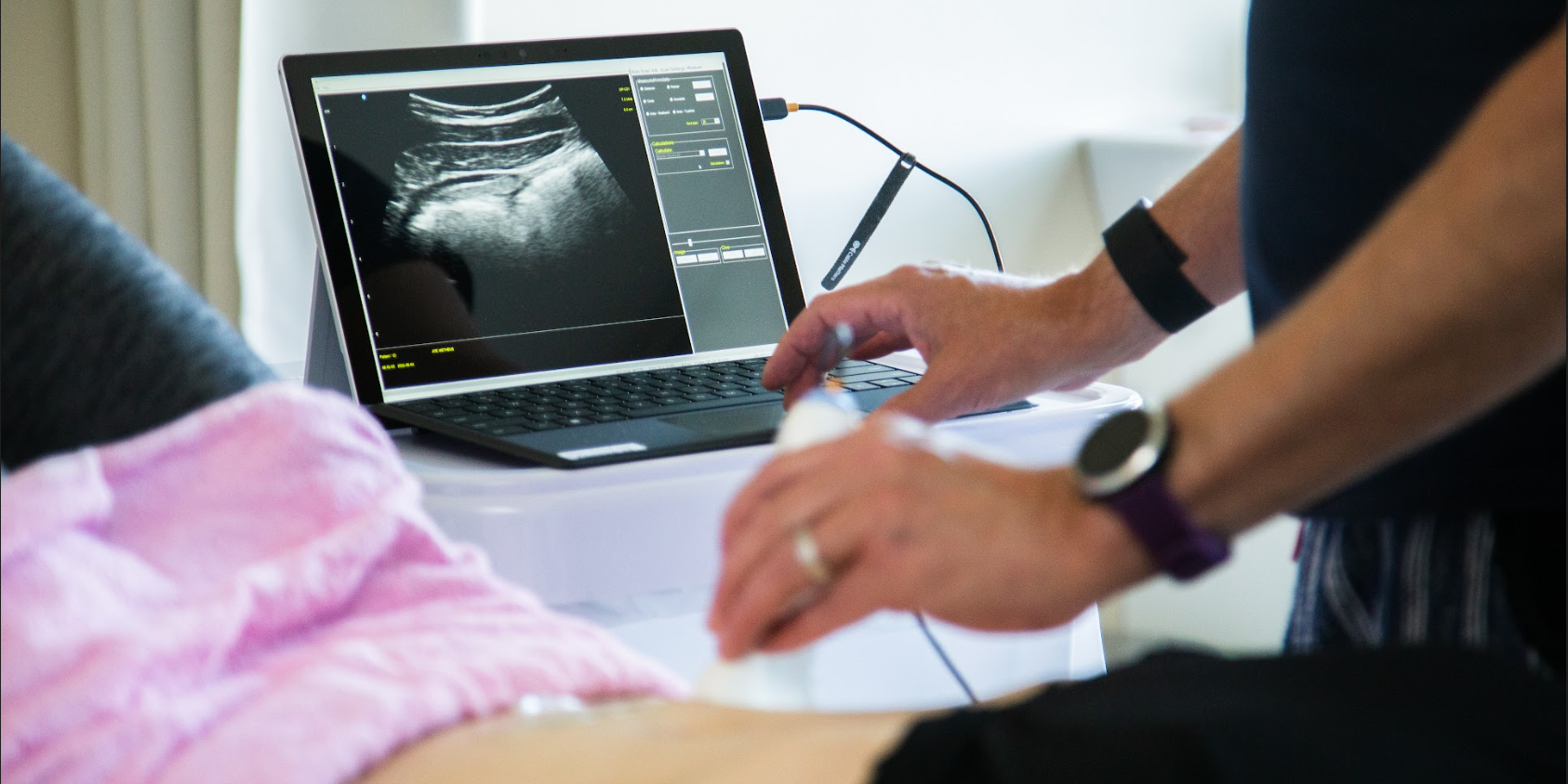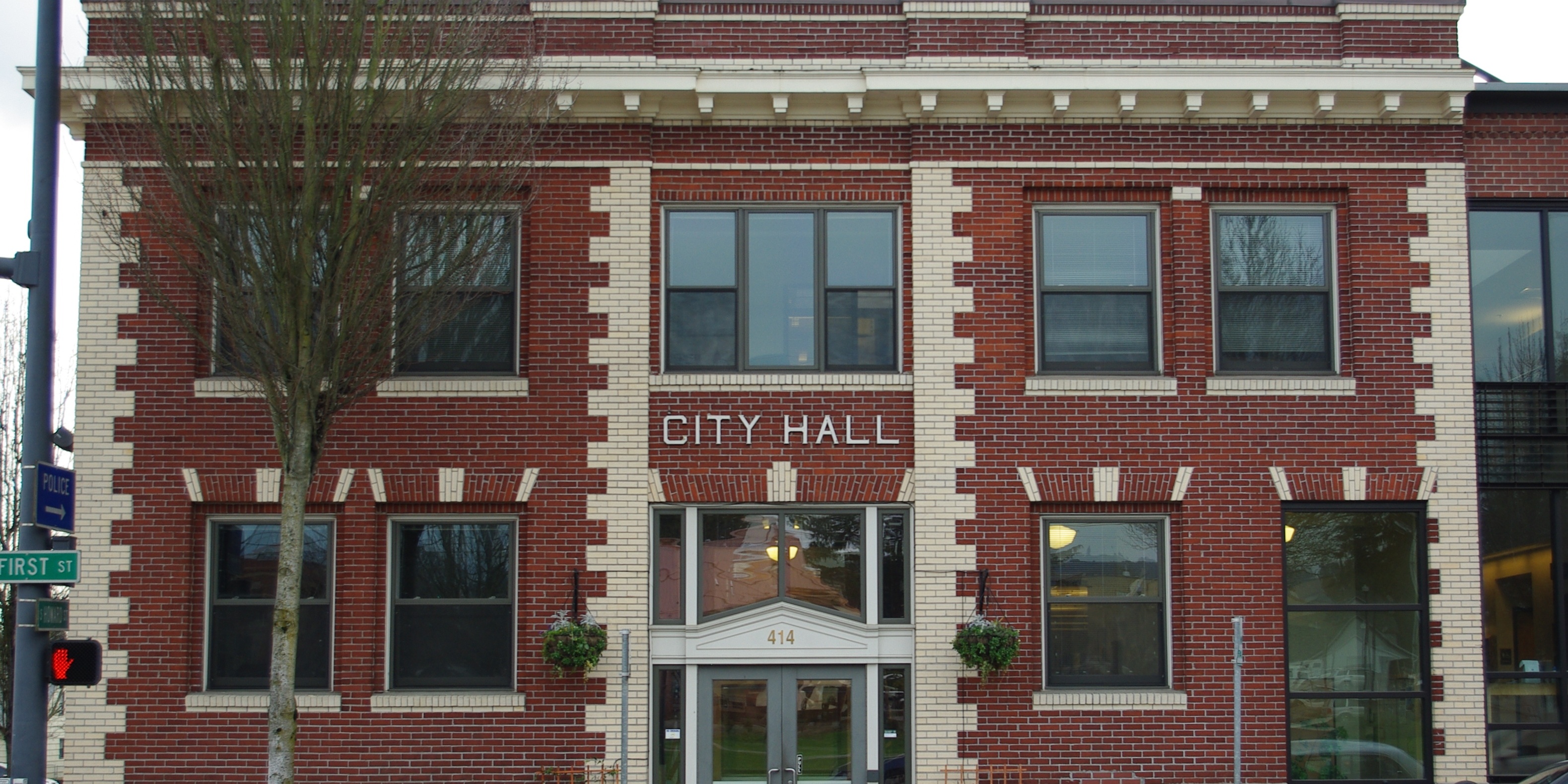When should we start thinking about Osteoporosis?
This post was written by H&W instructor Michelle Lyons, PT, MISCP, who authored and instructs the course, Menopause: A Rehabilitation Approach. She will be presenting this course this February!

Osteoporosis, pelvic organ prolapse, and incontinence are common in postmenopausal women. (Richter et al 2012) What do they have in common? Research has implicated collagen and other extracellular matrix abnormalities in the etiology of these conditions, but the other commonality they share is that all three conditions are responsive to skilled pelvic rehab.
Osteoporosis is characterised by compromised bone quality, which may lead to vertebral fractures, particularly in the thoracic spine – these are the most prevalent female osteoporotic fractures. The amount of bone tissue in the skeleton, known as bone mass, can keep growing until around age 30. At that point, bones have reached their maximum strength and density, known as peak bone mass. Women tend to experience minimal change in total bone mass between age 30 and menopause. But in the first few years after menopause, most women go through rapid bone loss, a “withdrawal” from the bone bank account, which then slows but continues throughout the postmenopausal years.(nih.gov).
Thoracic osteoporotic fractures are strongly correlated with spinal deformity and height loss, hypothesised to increase intra abdominal pressure. Height loss inherent with osteoporosis is significantly associated with urinary incontinence which is associated with pelvic organ prolapse (Chiarelli & Sibbritt 2012)
So when should women start thinking about bone health? There is an old Chinese proverb ‘The best time to plant a tree was twenty years ago. The next best time is today.' So, ideally, thinking about bone health should begin in adolescence and not wait until peri-menopause BUT there are many strategies that we as pelvic rehab providers can share with all women at risk (essentially all of us!).
Sinaki et al in 2010 in her paper ‘The role of exercise in the treatment of osteoporosis’ showed that specific therapeutic exercise programming, in conjunction with optimal nutrition can halt and even reverse the effects of osteoporosis. However, evidence shows that not all exercise is equal when it comes to building strong, healthy bones or preventing osteoporosis. In fact, some forms of exercise may be linked to a decrease in bone density and lead to bone loss and osteoporosis even in elite athletes. This is where the skilled therapist has a role to play. In my new course ‘Menopause – a Rehab Approach’ I will be looking at all aspects of bone health promotion including exercise, nutrition and ergonomics. Come and enjoy some winter sun with me in Orlando in February, and learn how to meet the needs of peri menopausal women safely and effectively!
Learn more about Michelle and her course Menopause: A Rehabilitation Approach and join her in Orlando this February.
References:
‘In women, osteoporosis and urinary incontinence are prevalent, progressive disorders’ (Chiarelli & Sibbritt 2012).
By accepting you will be accessing a service provided by a third-party external to https://hermanwallace.com/








































